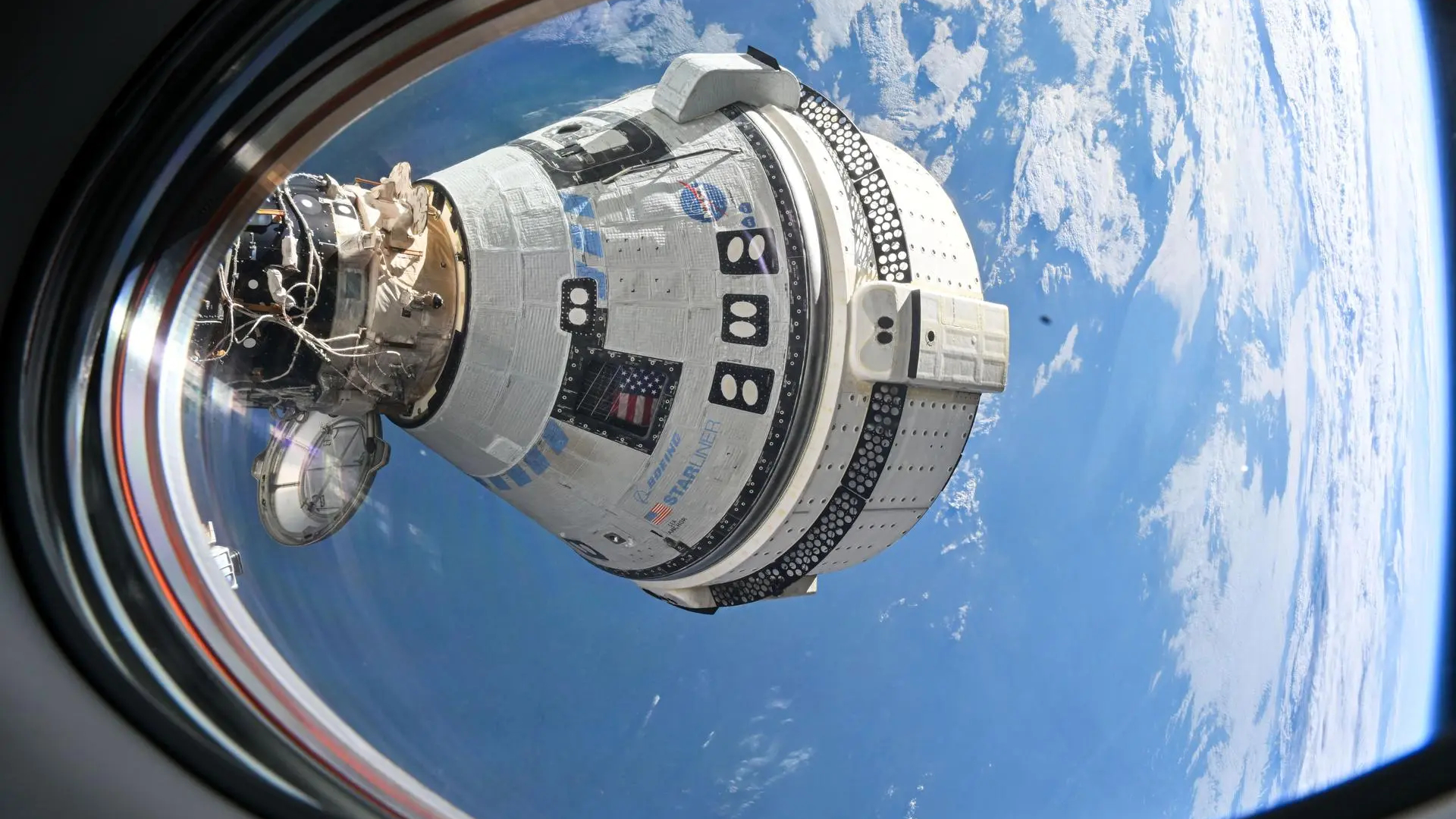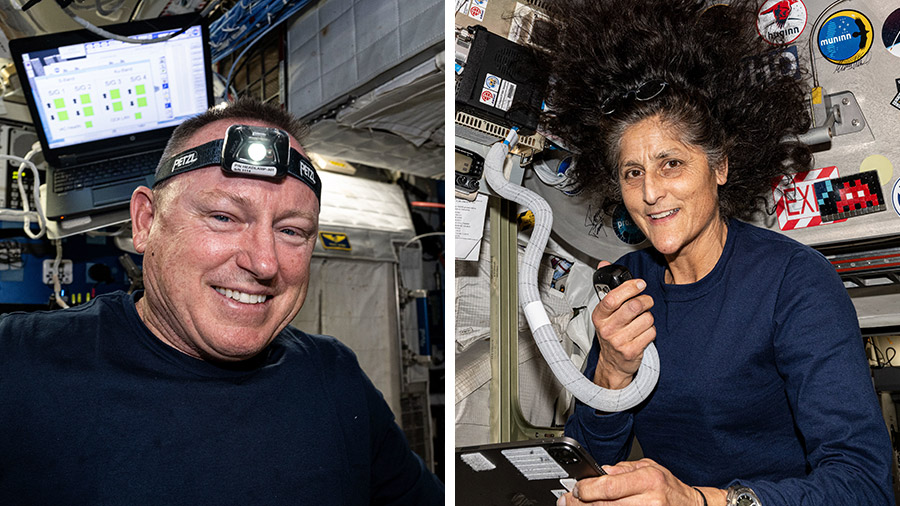
The decision to return Starliner home without astronauts on Friday (Sept. 7) was not without controversy, NASA said of discussions with Boeing.
The original plan had been to fly NASA astronauts Butch Wilmore and Suni Williams up to and down from the International Space Station on Starliner. Ongoing propulsion problems with Starliner, however, could not be resolved to a degree satisfying NASA's risk requirements. Astronauts Butch Wilmore and Suni Williams will remain on ISS for a long-duration space station stay and return home with the SpaceX Crew-9 mission in February 2025.
"I would say, anytime [...] where there's this kind of decision, there is some tension in the room," NASA's Steve Stich, program manager for the commercial crew program, said of the decision meeting to return Starliner without astronauts. Stich was speaking during a teleconference on Wednesday (Sept. 4).

"Boeing believed in the model that they had created to predict thruster degradation for the rest of the flight," Stich added. "The NASA team looked at the model and saw some limitation. It really had to do with, do we have confidence in the thrusters, and how much we could predict their degradation from undock through the deorbit burn?"
The spacecraft is set to depart the ISS without its crew on Sept. 6 for a return to Earth on Sept. 7, to conclude a mission odyssey that began June 5 after launching its first astronauts to space. It was supposed to be only a 10-day mission, although there was flexibility given the mission was developmental.
Starliner's historic first test mission with astronauts had issues docking with the ISS on June 6 after five thrusters (out of 28) in its reaction control system misbehaved. Months of space testing, ground testing and modeling followed, but the possible root cause — overheating of the thrusters, which may lead to insulation shedding that blocks propulsion lines — could not be firmly confirmed.
NASA ultimately determined it was too much of a risk to put the two NASA astronauts back on board Starliner, and changed its ISS manifest to bring the astronauts home in another way.
Related: Boeing's 1st crewed Starliner to return to Earth without astronauts on Sept. 6

"From a Boeing standpoint, they certainly know their spacecraft, and they're analyzing risks and what they think the capability is with the one vehicle," Stich said. But he noted "Boeing is not in a position" to make the same risk trades that NASA does, which he said is an unfair position to put them in given the decision involved bringing in other spacecraft (SpaceX's Crew Dragon.)
"You also have to recognize that the agency is in a bit of a different position in terms of our understanding about the risks, and what's available to us without Starliner, so that's also a difference in the opinions," Stich acknowledged.
Boeing's commercial crew manager, Mark Nappi, was on the call but did not comment on the meeting Stich was speaking about. Boeing's statement on the flight readiness review last week noted that the teams at Boeing "continue to focus, first and foremost, on the safety of the crew and spacecraft."
"We are executing the mission as determined by NASA, and we are preparing the spacecraft for a safe and successful uncrewed return," Boeing officials added on X, formerly Twitter, on Aug. 24.
To make room for Starliner's two astronauts, Crew-9 was tasked to launch only two astronauts on Crew Dragon instead of the planned four.
NASA astronaut and Space Force Guardian Nick Hague was promoted from Crew-9 pilot to commander, flying to space alongside Roscosmos cosmonaut and mission specialist Aleksandr Gorbunov; Gorbunov's seat is part of a larger set of interagency seat swaps that are difficult to reschedule. The two other Crew-9 members, NASA astronauts Zena Cardman and Stephanie Williams, will sit out this mission and be eligible for assignment to a future one.
As for Starliner, after it undocks from the ISS solo, it will likely be tasked with doing a few "hot fires" as it performs a rapid retreat from the orbiting complex, as part of ongoing testing of the propulsion system to see what engineers can learn. (This is especially important as the service module, which houses the affected thrusters and fuel, is separate from the spacecraft and will burn up in Earth's atmosphere.)
"We'll do a slightly modified departure after the undocking," ISS program manager Dana Weigel said during the teleconference. "Shortly after, the command will be sent to do a breakout burn that will take Starliner up, over and back behind the station. This alternate approach — or this breakout burn — is something that we have planned for, and it's something that the vehicle is capable and certified of doing. It just helps us to get Starliner away from ISS more quickly."







